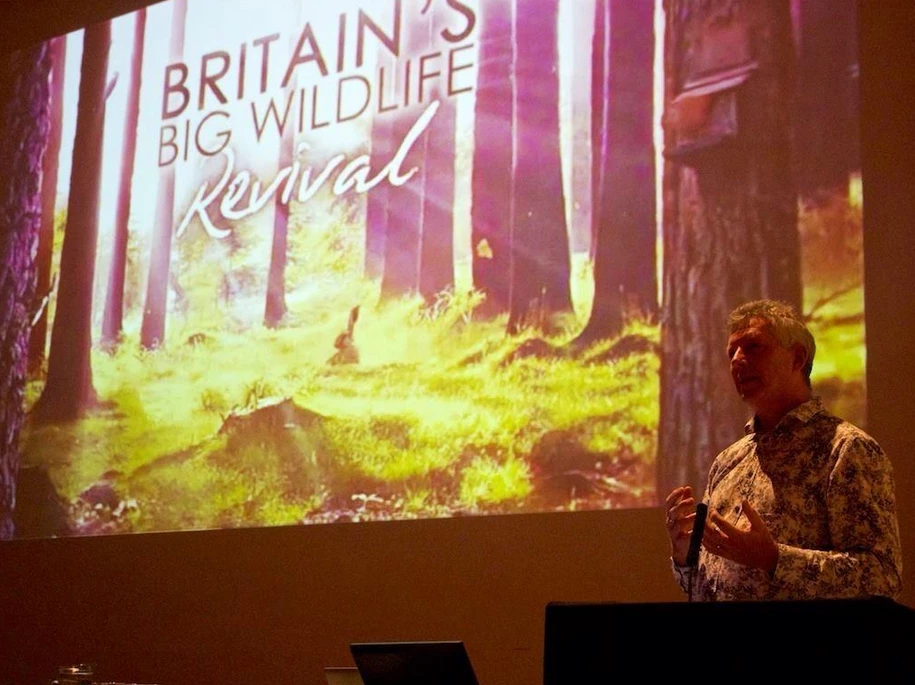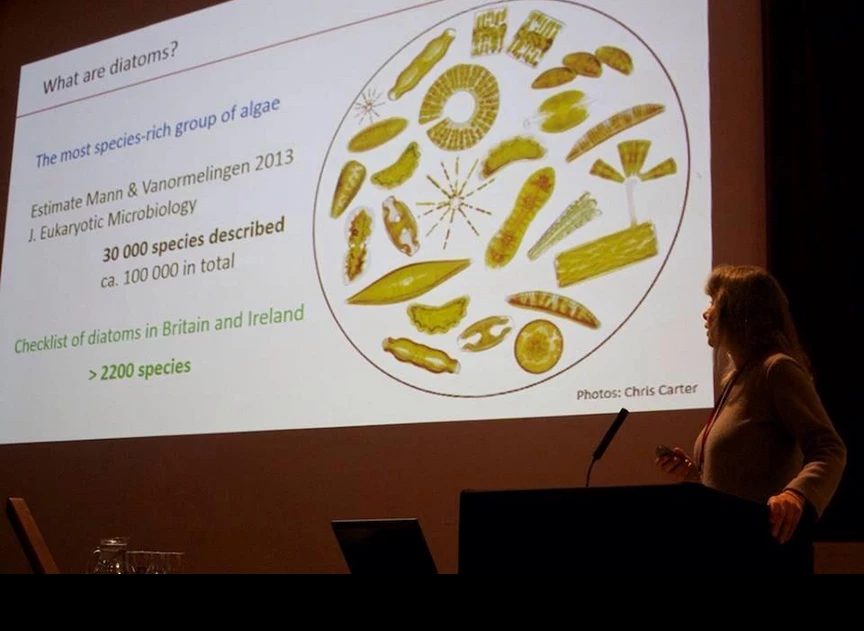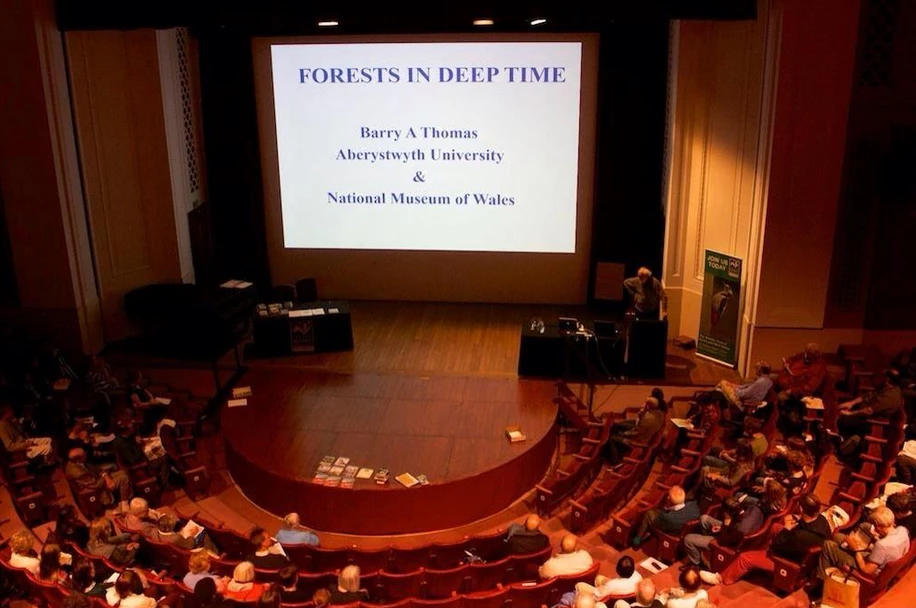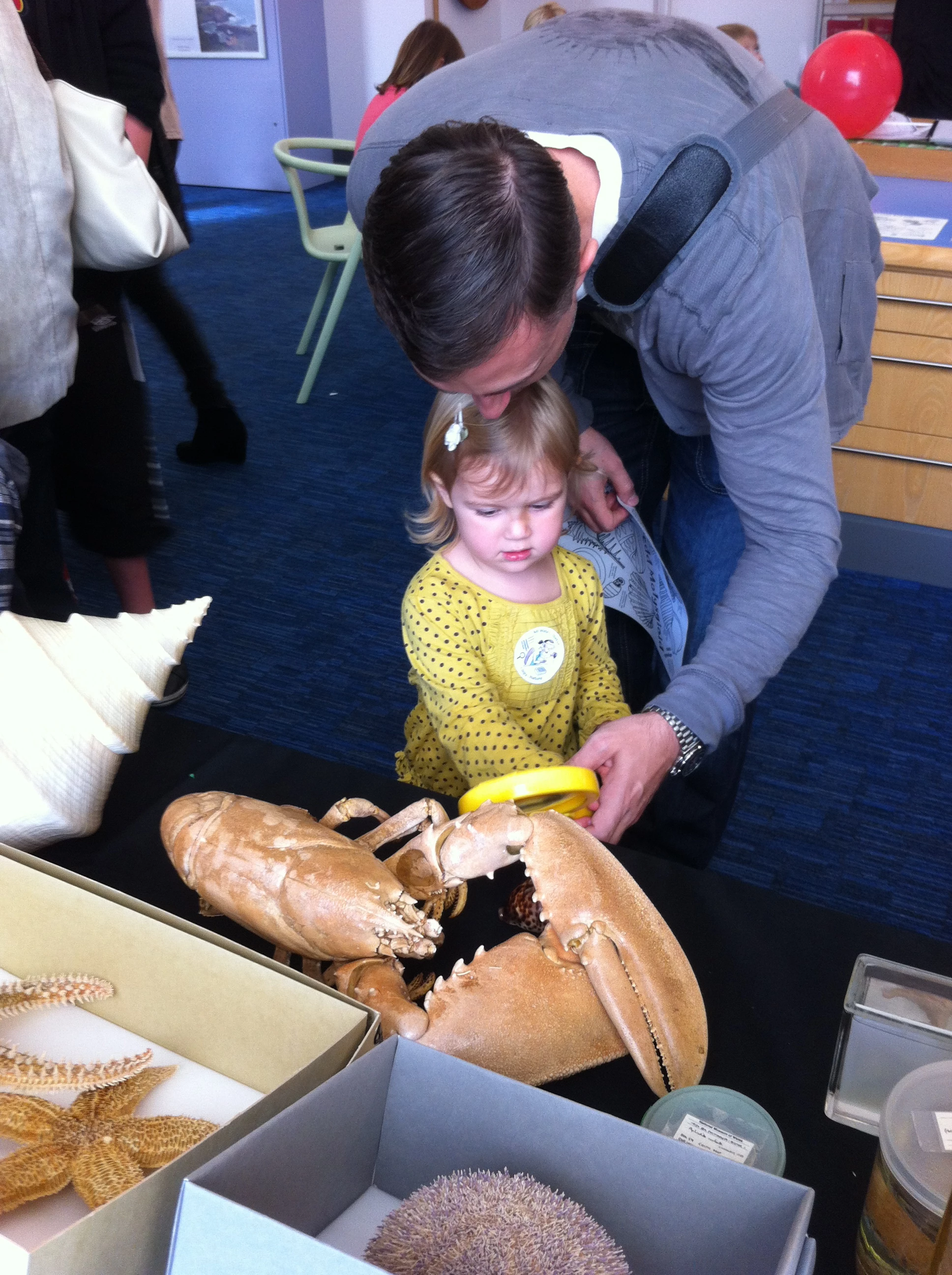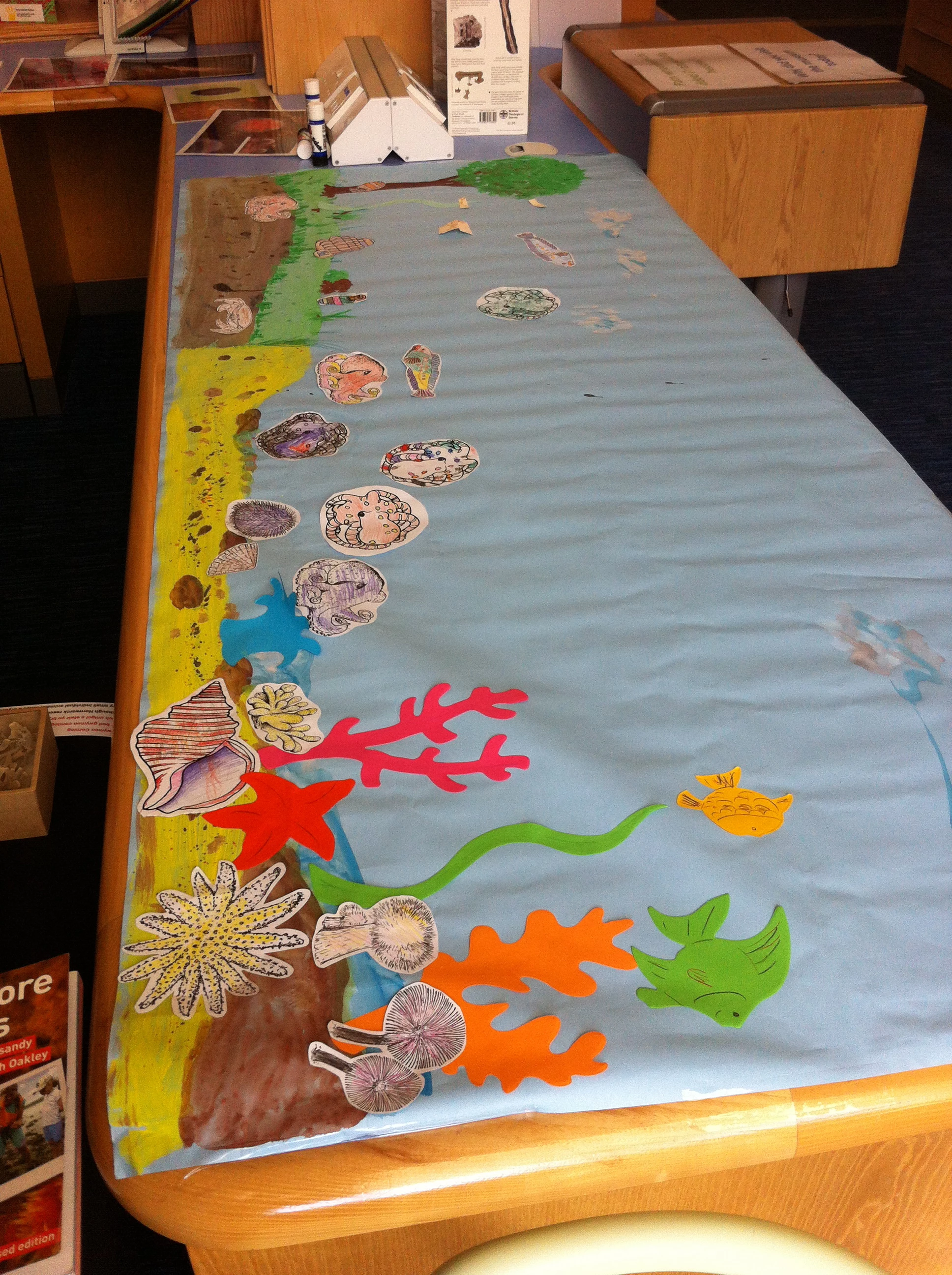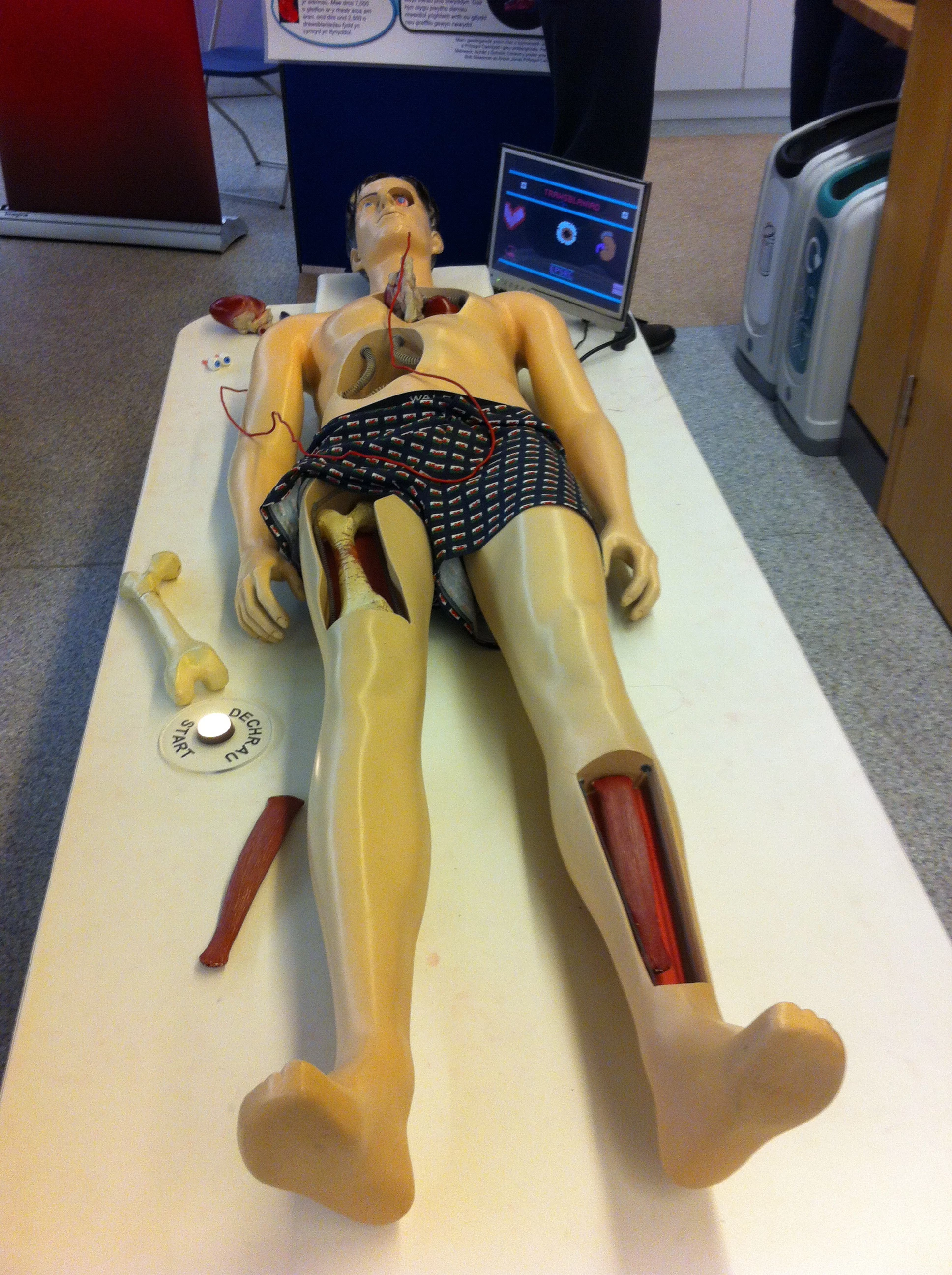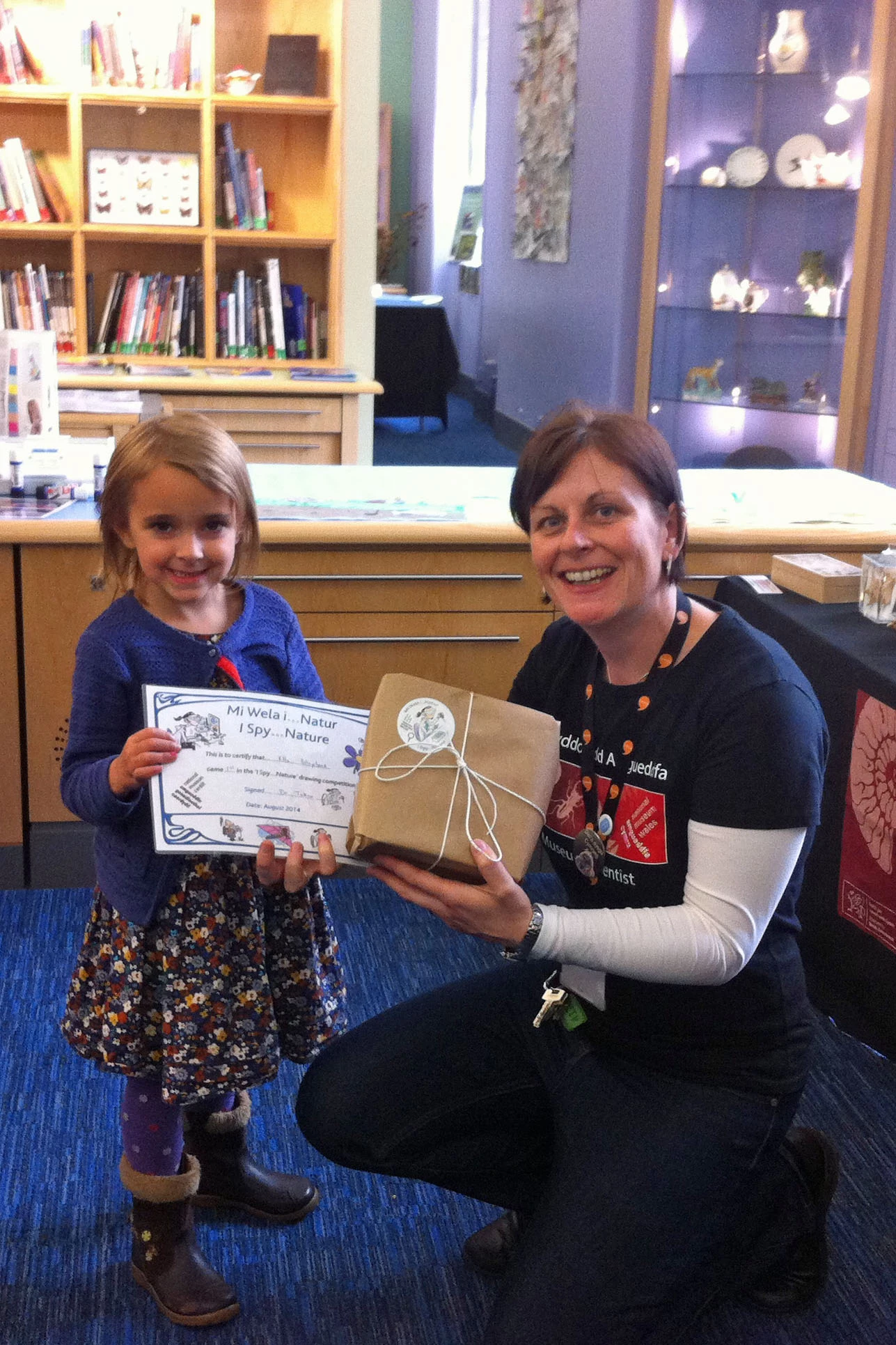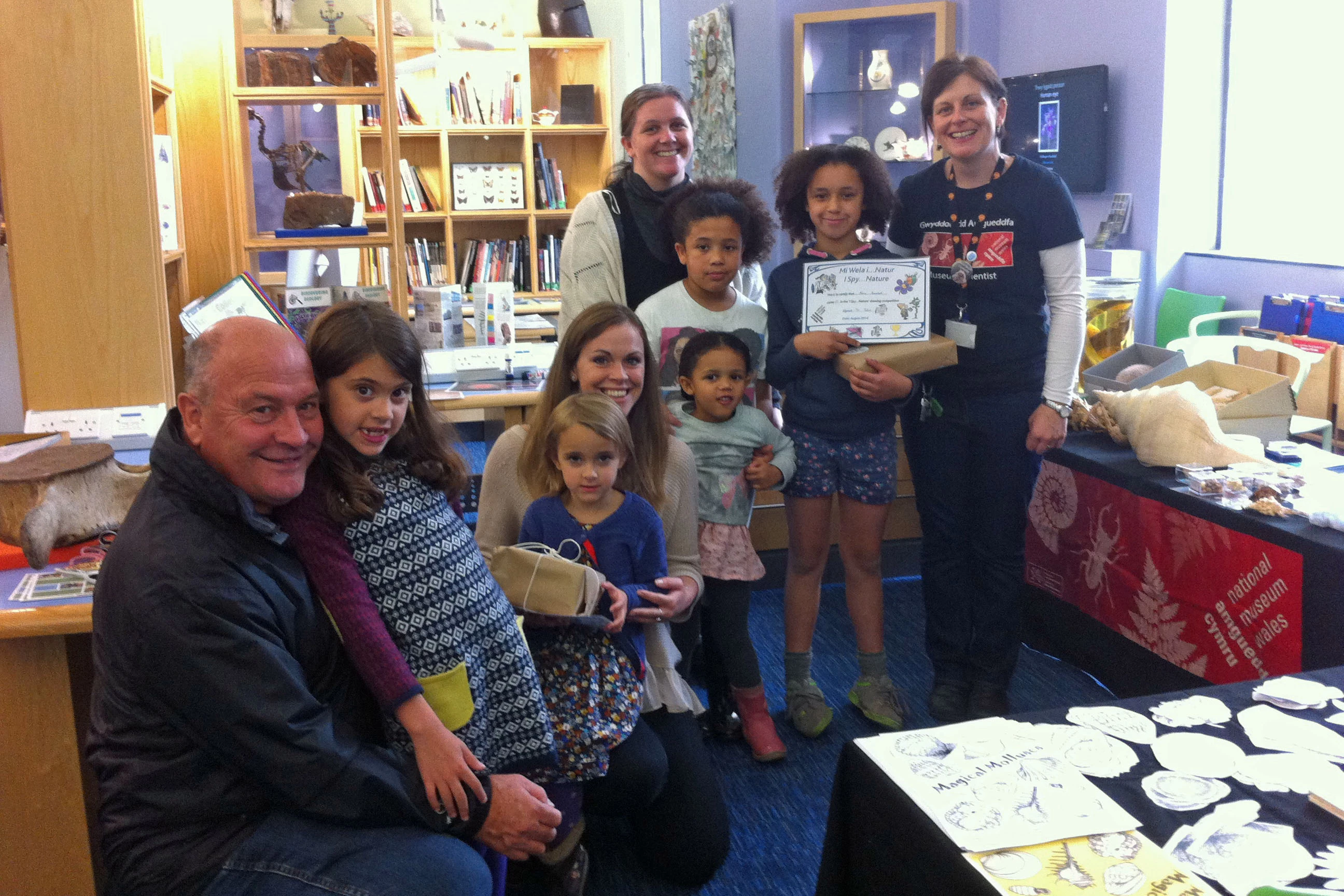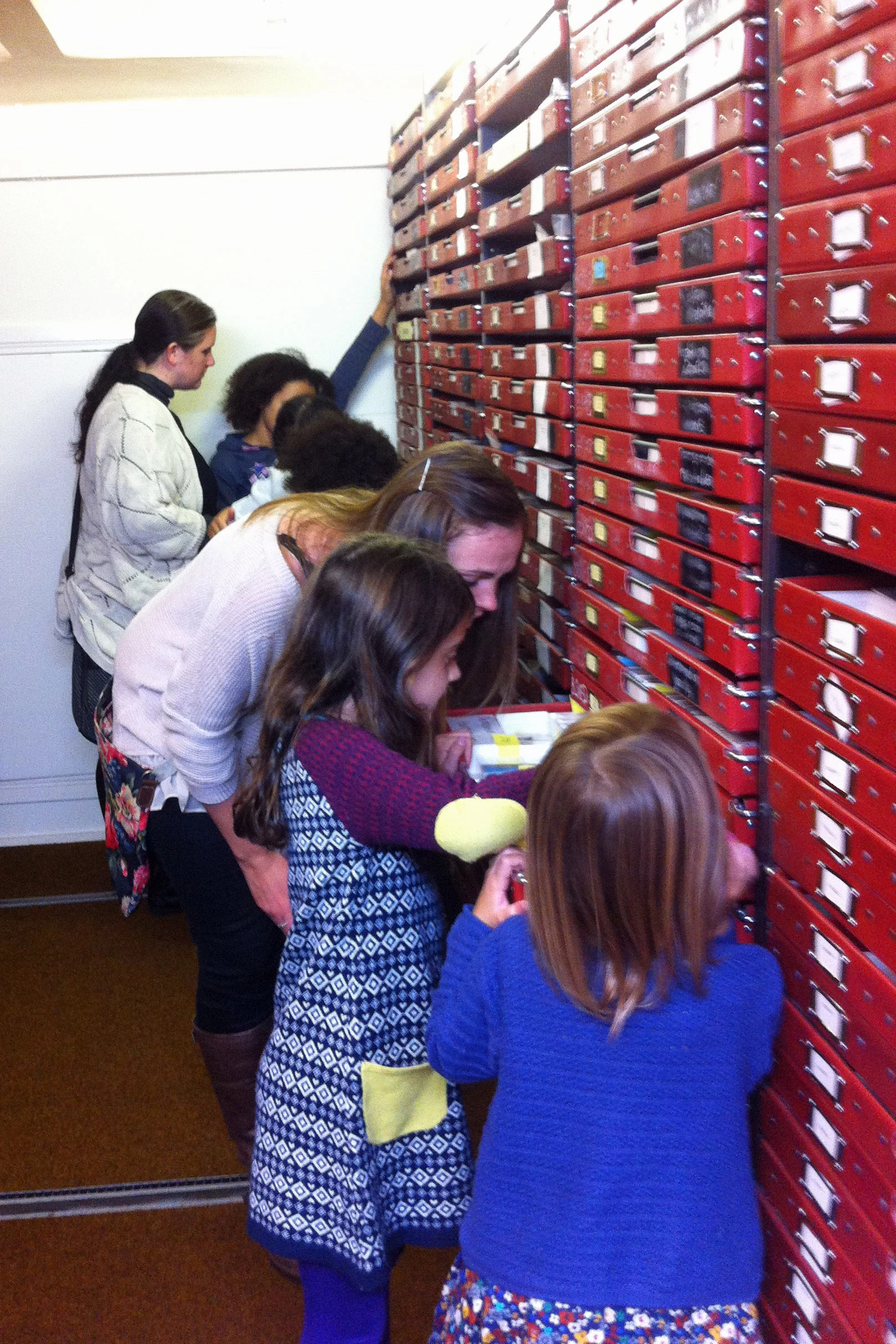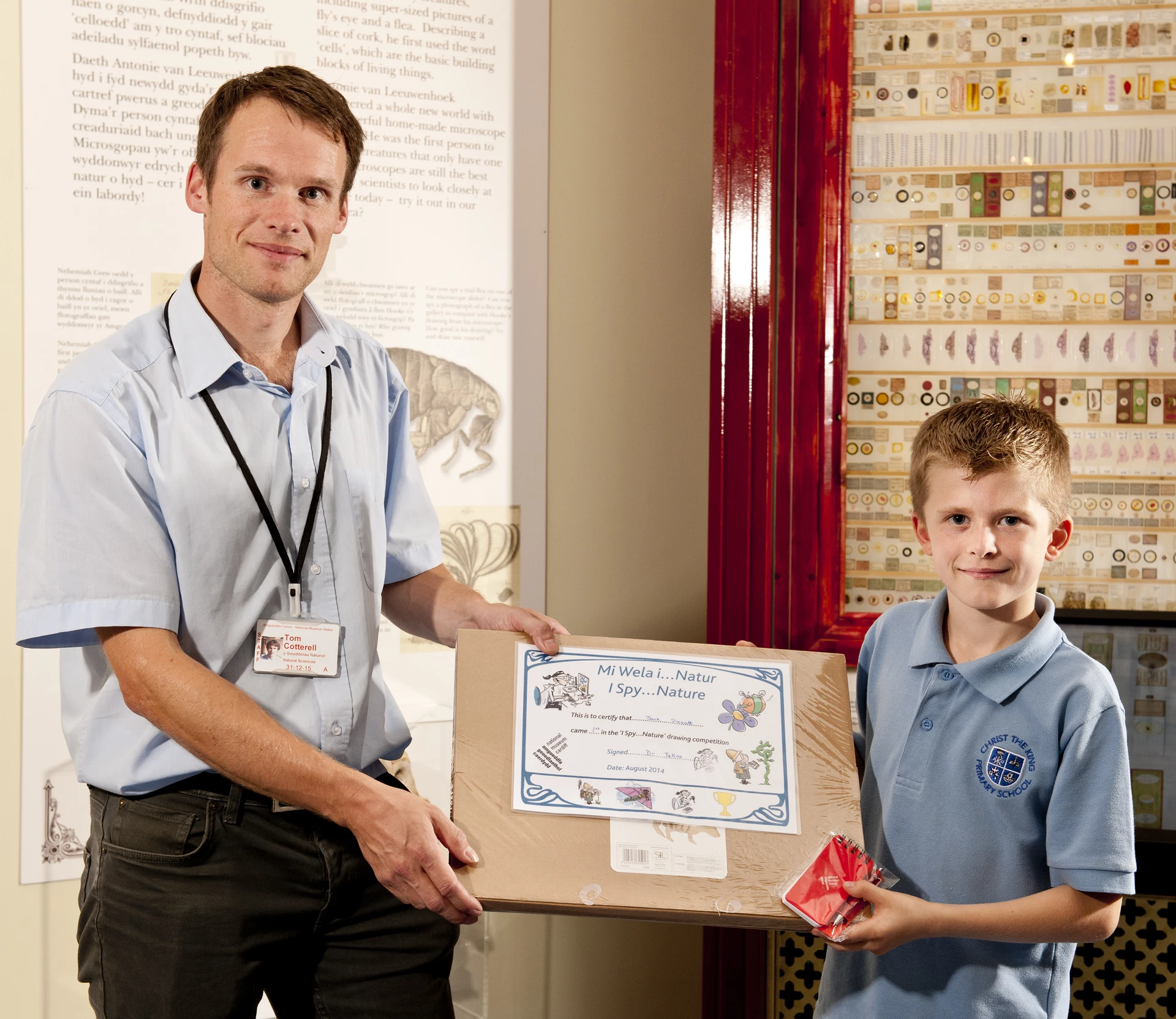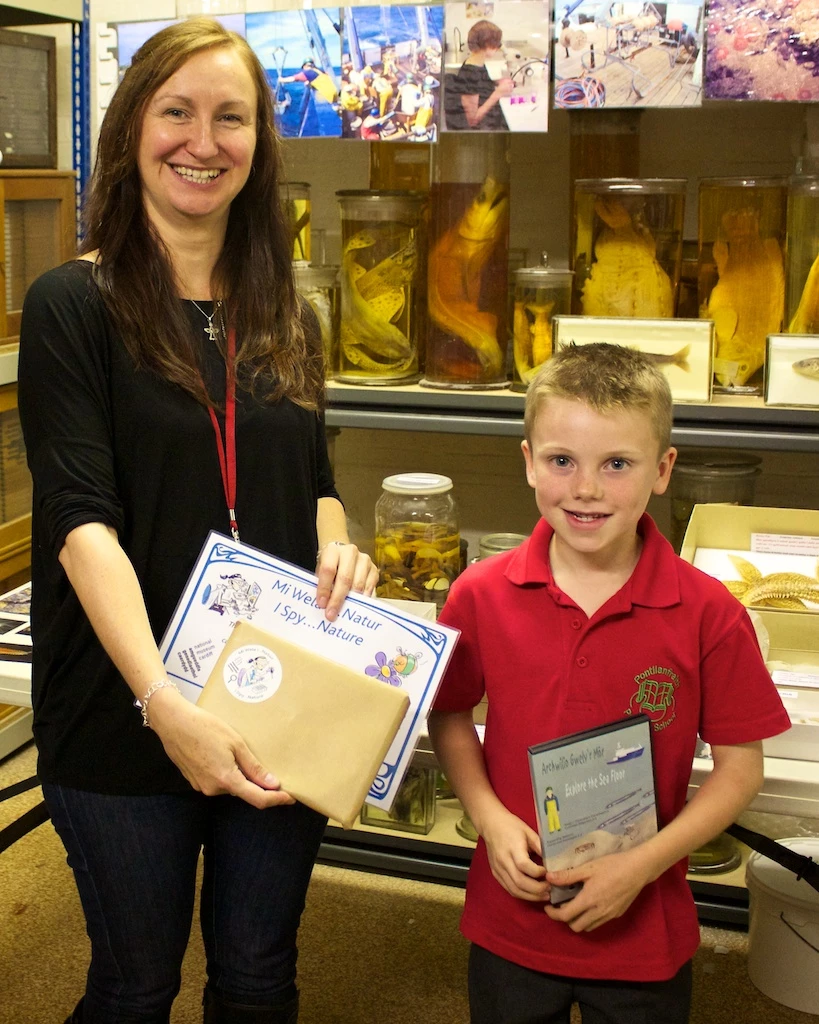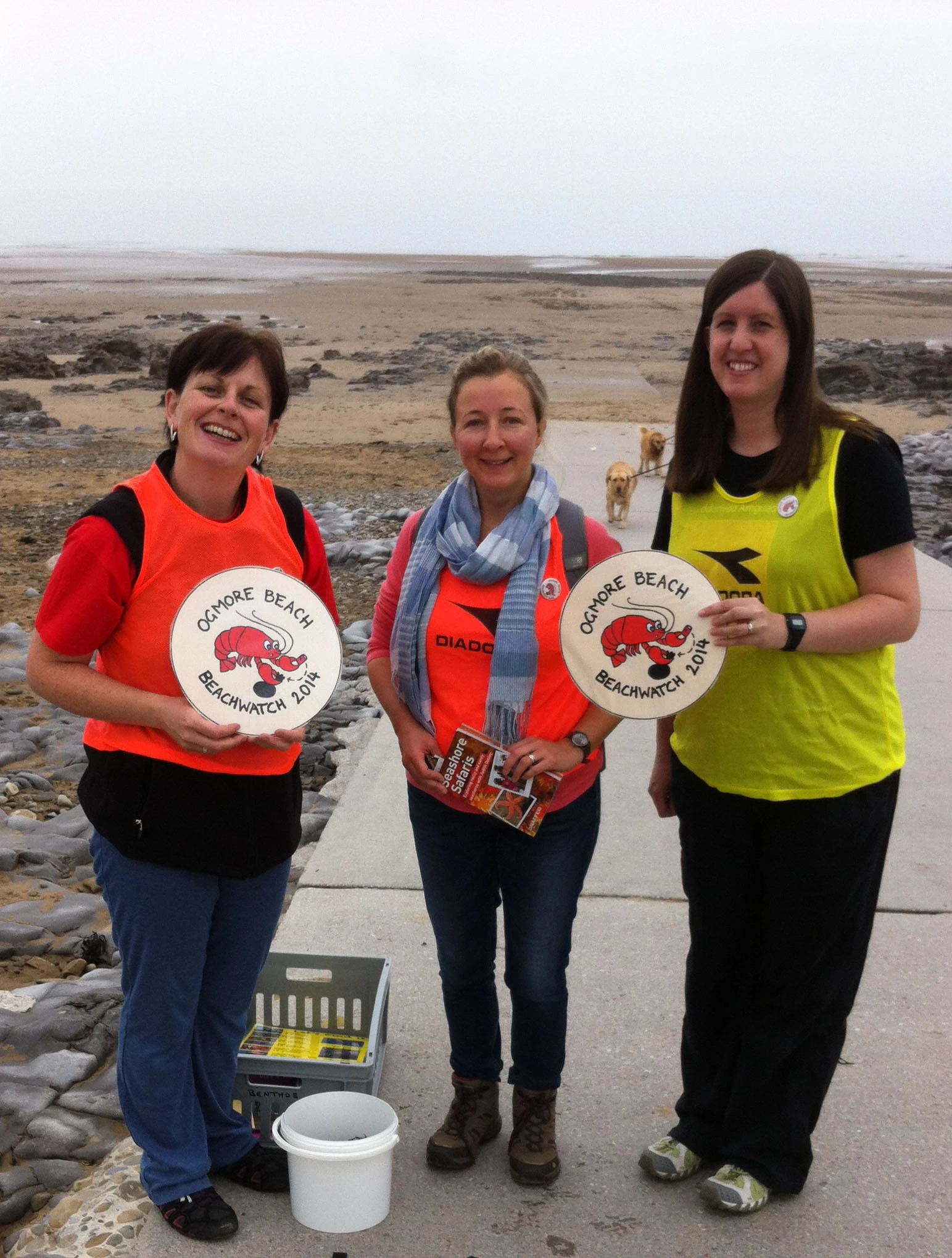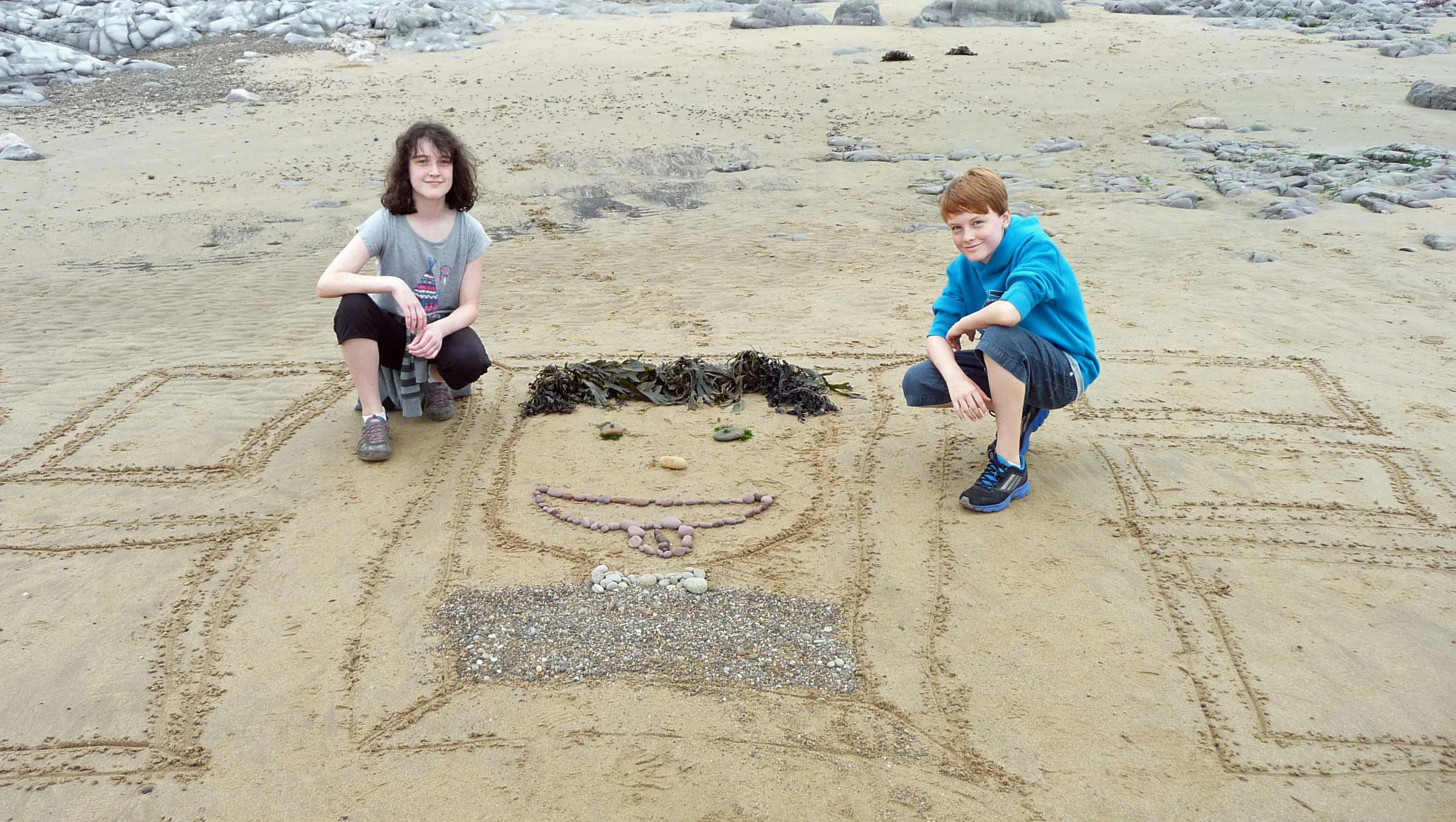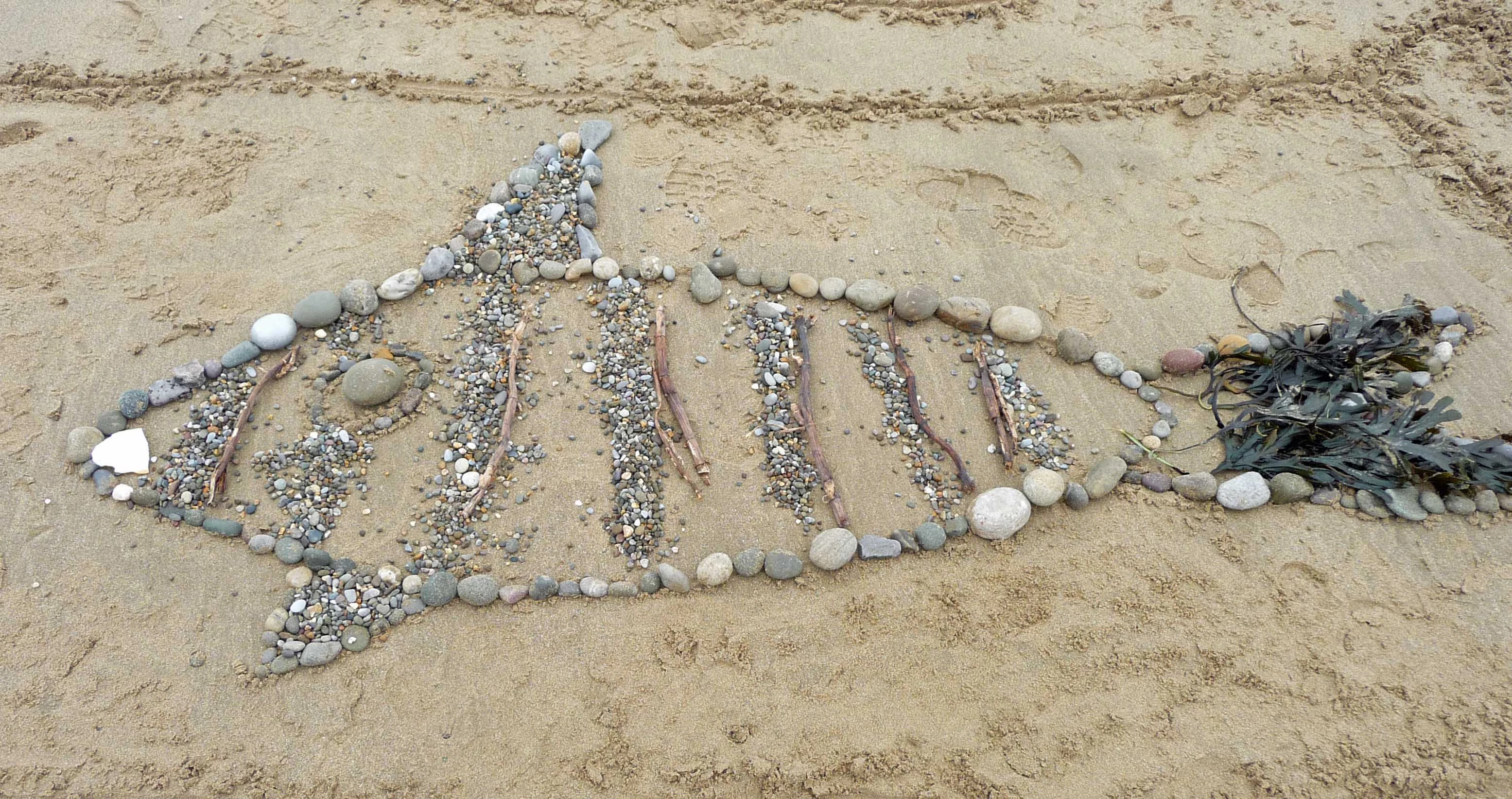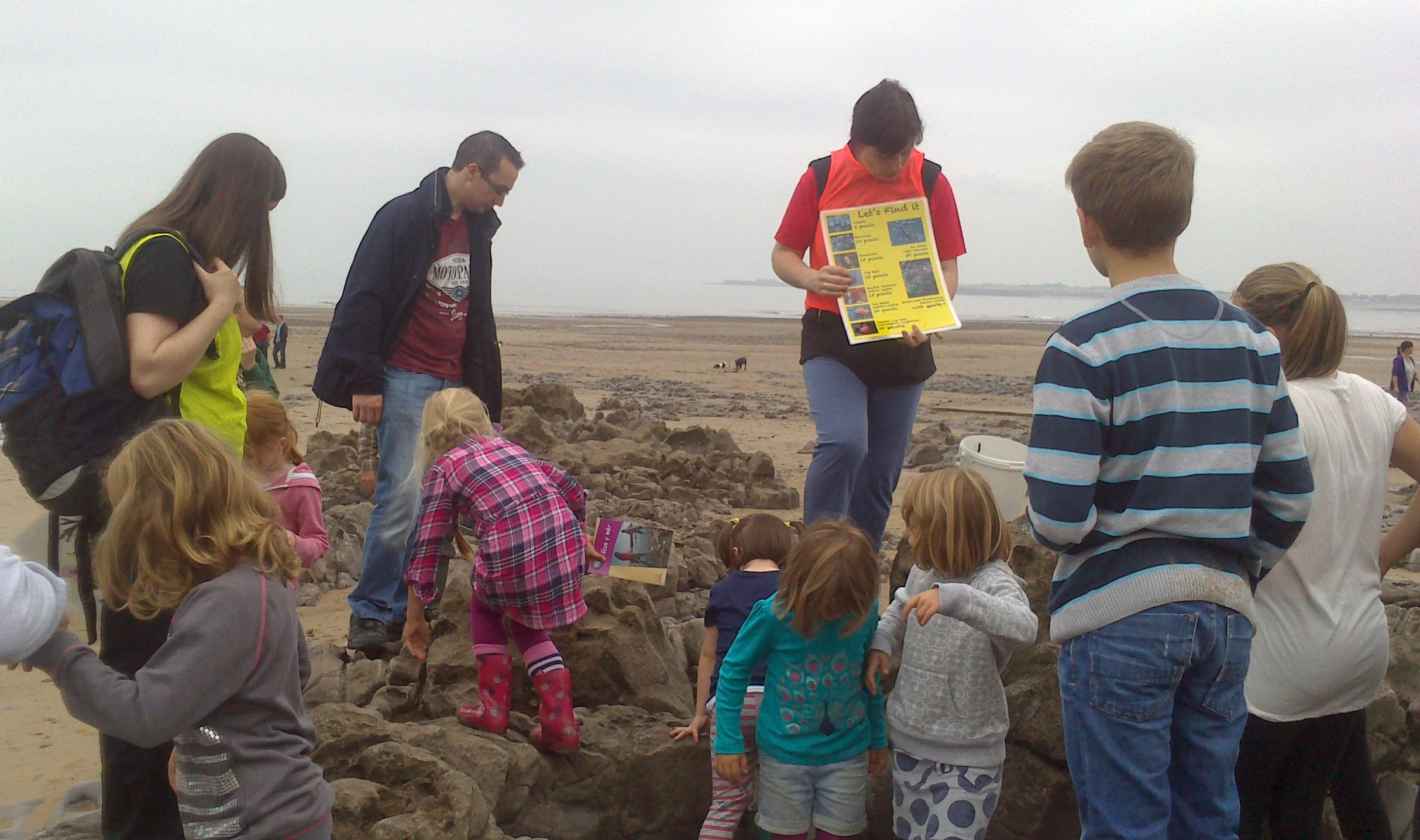Unknown Wales 2014
, 23 October 2014
Unknown Wales is a free annual public event organised by Amgueddfa Cymru’s Department of Natural Sciences in collaboration with the Wildlife Trust for South and West Wales, to highlight the natural history treasures found in Wales. It allows the museum to tell a wide general audience about the collaborative efforts that we are a party to, fighting to protect the wildlife and its habitats across the country.
This year’s meeting, held on the 11th October in the Reardon Smith Theatre at National Museum Cardiff, had an audience of nearly 250 people. They heard talks about bank voles, diatoms (by the museum’s Ingrid Jüttner), sand lizards, dung beetles, fossil forests and rare fish. The meeting was rounded off by Stephen Moss of the BBC Natural History Unit, talking about conservation activities in Wales, such as the success story of the recovery of the red kite.
As in previous years, the event has been sponsored by one of our very generous Patrons.
